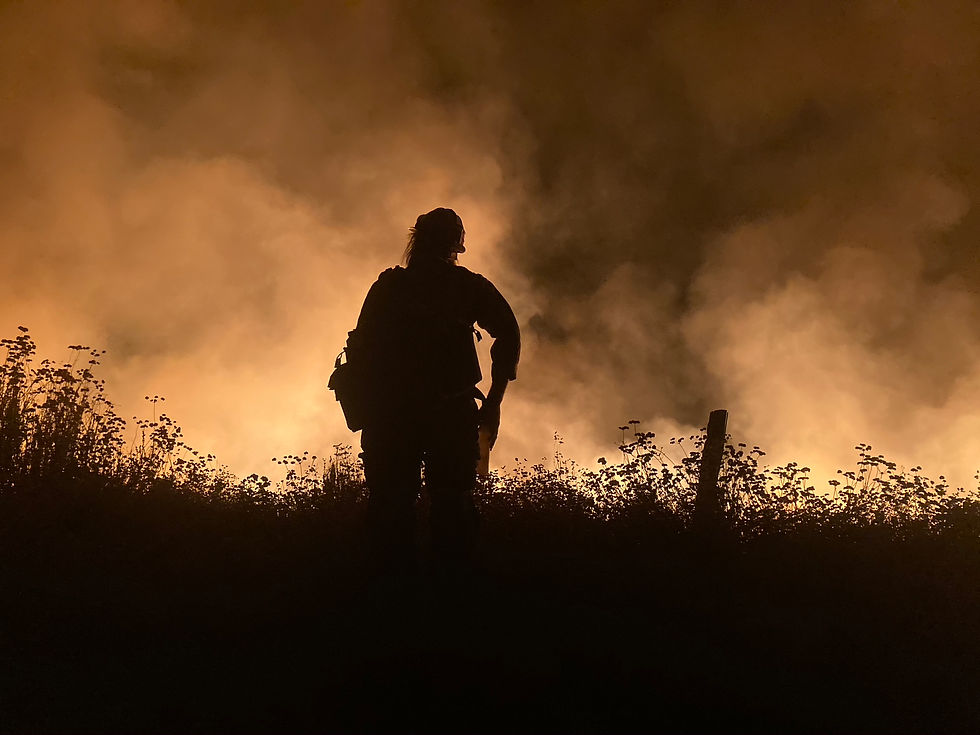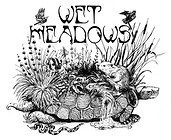Watersheds throughout CA and western states have experienced severe impacts to important processes that maintain ecological and geomorphic resiliency in response to disturbance. Some of the disturbances include wildfire, drought, flooding, and disease outbreaks. These impacts to ecological integrity are the result of harsh and complex landuse histories. In the last 2.5 centuries, many people and society at large has dissociated from our ancestral connection to the management of landscapes. Relative to our species history on this planet, this disconnect has occurred within an incredibly short timeframe (speaking geologically).
In California and other western states, threats to our abilities to withstand disturbance include incision & channelization, toxic storm runoff, desertification, groundwater depletion, and disruption of ecological succession. In one extreme- some areas of the Tulare Lake basin have subsided up to 30 feet in elevation because the soil pore space has lost its water. These all represent an ever growing and existential crisis, however... there are solutions... solutions which wont necessarily require incredibly technological inventions or boatloads of money.
These solutions require us to directly address threats via rehabilitation of ecological and geomorphic processes: sediment capture, floodplain connection & habitat complexity, infiltration, organic matter mineralization, perennialization, water retention and allowance of ecological succession. All of these natural processes occur in systems that have some level of ecological integrity.
Our goal as restoration practitioners is to encourage these systems to do the work for us to rehabilitate resiliency (i.e. jump start feedback loops that will continue to build upon themselves and provide ecosystem service returns with minimal human input and management).

Diagram from the Sierra Nevada Conservancy:
https://sierranevada.ca.gov/meadow-restoration-in-the-sierra-cascade-keeping-the-momentum-flowing/

Land subsidence in the Central Valley over the last 100 years
photo credit: https://thevalleycitizen.com/subsidence-socialize-it/
see USGS: https://www.usgs.gov/centers/land-subsidence-in-california/science/land-subsidence-san-joaquin-valley
sharing information
about the source issues
in our local watersheds &
collaborating using
"nature-based" solutions/
process-based restoration

e.g. Occidental Arts & Ecology Center's
"Fuels to Flows" campaign

Hire us to remove the fire- ladder!
And utilize the unwanted biomass to generate
habitat, healthy soil, kindling, bio-char, and natural wildfire breaks
(instead of burning into fumes and ash)!
Wet Meadows is currently piloting
habitat features for CA Quail & other songbirds
in edge habitat restoration on CA rangelands-see below




Linked Reference Material
Textbook
Low-Tech PBR Manual: Wheaton JM, Bennett SN, Bouwes N, Maestas JD, Shahveridan SM. 2019. Low-tech methods of Process Based Restoration of Riverscapes: Design Manual. 1.0. Logan, UT: Utah State Univeristy. https://lowtechpbr.restoration.usu.edu/.
Articles
Effectiveness of Low-Tech PBR: Silverman NL, Allred BW, Donnelly JP, Chapman TB, Maestas JD, Wheaton JM, White J, Naugle DE. 2019. Low-tech riparian and wet meadow restoration increases vegetation productivity and resilience across semiarid rangelands. Restor Ecol. 27(2):269–278. doi:10.1111/REC.12869.
Watershed Degradation in the Western U.S.: Whol, E. 2013. Anthropocene (2): Wilderness is dead: Whither critical zone studies and geomorphology in the Anthropocene? https://doi.org/10.1016/j.ancene.2013.03.001
Film
Groundwater: National Geographic. 2017. Water & Power: A California Heist. Directed by Marina Zenovich
-
rent/buy/stream: https://www.imdb.com/title/tt6290202/
Fuels to Flows: Occidental Arts & Ecology Center. 2025. Gully Stuffing: "How To Turn Slash Into Beneficial Biomass"
Meadows: Plumas Corp. 2009. "Restoring Nature's Reservoirs".











